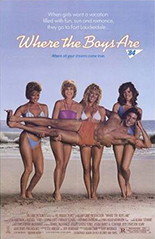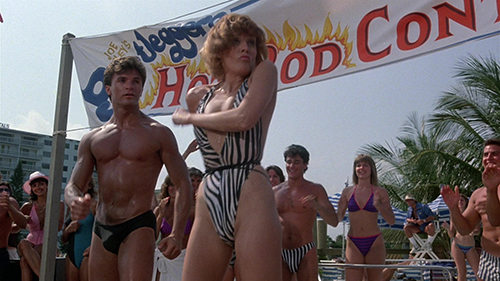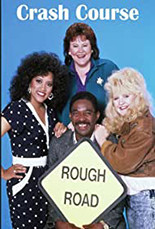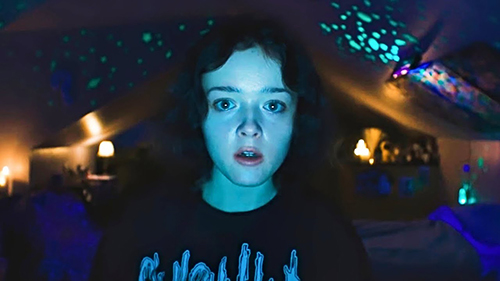
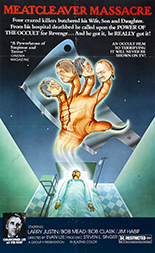 Albeit via all-American trickery, British horror icon Christopher Lee bookends the ultra-cheap chiller Meat Cleaver Massacre by appearing as himself. Sitting in his home library with what looks like the robot owl from Clash of the Titans behind him, Lee spouts a four-minute snore of a monologue on the occult. One wonders how many of Meat Cleaver’s scant few moviegoers sat through all the final credits like today’s trained Marvel movie fans, only to be greeted with Lee continuing to drone on and on: “One day, at a shaman convention …”
Albeit via all-American trickery, British horror icon Christopher Lee bookends the ultra-cheap chiller Meat Cleaver Massacre by appearing as himself. Sitting in his home library with what looks like the robot owl from Clash of the Titans behind him, Lee spouts a four-minute snore of a monologue on the occult. One wonders how many of Meat Cleaver’s scant few moviegoers sat through all the final credits like today’s trained Marvel movie fans, only to be greeted with Lee continuing to drone on and on: “One day, at a shaman convention …”
In his first and last (comparatively) legit film, X-rated vet James Habif (Female Chauvinists’ “Sperm Donor with Mustache,” per the IMDb) plays Valley College professor Cantrell, who teaches his class about one Morak, a vengeance-obsessed demon he calls the “destroyer of destroyers,” presumably because once you hire him, you can’t fire him. This STFU lecture irks sullen nonbeliever Mason (Larry Justin, Female Chauvinists’ “Doctor at Sperm Bank”) enough to round up three pals, stick a panty on his head, break into Cantrell’s house, whack him on the noggin with a candlestick and thrill-kill his wife and daughter. Connections to Chuck Manson cannot be coincidental.
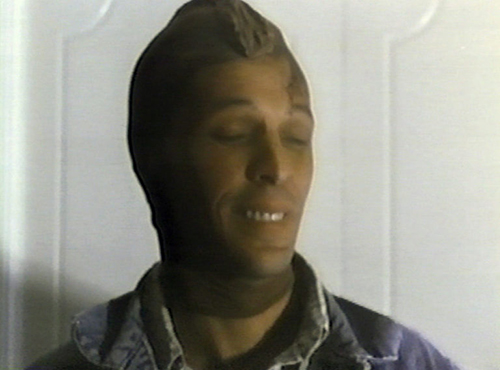
Only here’s the deal: Professor Cantrell survives! And although he’s paralyzed, cranially fractured and comatose, he summons Morak to get his revenge. Let the Meat Cleaver Massacre begin, right? Wrong. Nary a cleaver can be found (afforded?), so let’s just chalk up the pic as Death Wish meets Patrick, plus with a dog named Poopers.
With the advantage of adequate optical effects and “disgusting makeups” (per the credits), one-time director Evan Lee gives Mason and each of his co-conspirators a unique demise, like being slammed to death underneath the hood of a car. Meanwhile, police investigate all this “mystic mumbo jumbo.”
Rumor has it Lee is a nom de plume for none other than terrible-movie titan Ed Wood, but Meat Cleaver Massacre’s incompetence feels of unknown origin. Although still a Hydrox to other horror films’ Oreo, its grime carries a viscosity impossible for Wood at this stage of his gimcrack career. Then again, after learning they failed to off Cantrell, members of Team Mason have this irony-free exchange:
“He’s just lying in that bed. Like a carrot.”
“I never did like carrots.” —Rod Lott


